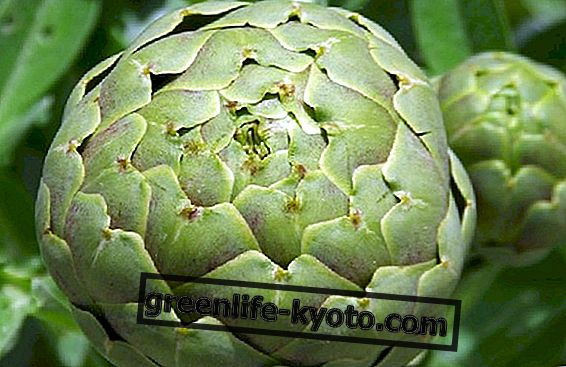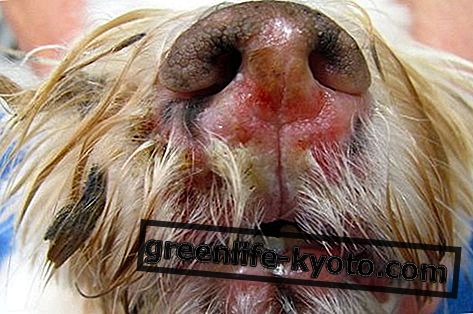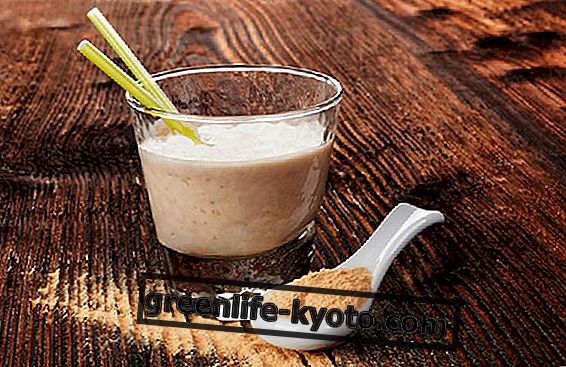The liver is the most voluminous gland of the human body, with endocrine and exocrine secretion, located below the diaphragm, between the colon and the stomach. Represents the main purification filter of the body, as receiving the blood, rich in nutrients, plays a fundamental role in the demolition of the nutrients introduced with the diet. We see the various herbal remedies to treat it.
>
>

In herbal medicine, herbs and officinal plants are used to purify the liver, to protect it from possible intoxication and support it in its function of eliminating toxins from the body.
In fact, the liver intervenes in the metabolism of carbohydrates (glucose synthesis and demolition of insulin and other hormones); protein (converts ammonia into urea); of lipids (synthesis of cholesterol and triglycerides); carries out a series of processes, such as the production of coagulation factors ; serves as a repository for numerous substances, including glucose (as glycogen), vitamin B12, iron and copper; contains numerous specialized cells of the immune system that act as a "filter" against antigens; and finally it has the fundamental function of removing toxins and other harmful elements from the blood .
The liver also demolishes numerous toxic substances and numerous drugs in the process known as drug metabolism . The process can lead to intoxication, when the metabolite is more toxic than its precursor.
In fact, the main toxins that the liver must metabolize are the vast majority of drugs and their residues, as well as alcohol, environmental toxic substances, food additives ; also the surplus of hormones produced by our body in case of stress is metabolized by the liver.
Poor nutrition, cholesterol, diabetes and obesity are conditions that facilitate the onset of liver problems . In addition to not exceeding the consumption of fat it is very important to keep the total calories brought by the diet under control and to limit the consumption of sugars (sweeteners, ice creams, confectionery products and sugary drinks). Inflammation and necrosis (death) of cells can be caused by infections (especially viral), chemicals (including drugs and alcohol) and autoimmune reactions . When this organ is relieved of toxins, the immune system works better and vital energy levels increase and deflate.
Medicinal plants to treat the liver
Medicinal plants can be used for the preparation of detoxifying herbal teas, capsules or mother tinctures
- Aloe vera : known for thousands of years for its therapeutic properties, it is indicated to detoxify the body both from exogenous toxins (toxic substances that come from the external environment or from food) and from those produced internally, such as metabolic waste, supporting the purifying function of the liver, kidneys, lymphatic system. It also has an anti-inflammatory and healing effect on the tissues, and a balancing of the pH and gastrointestinal bacterial flora, improving digestion and assimilation of food nutrients.
- Dandelion : The dandelion root has purifying properties, as it stimulates the biliary, hepatic and renal function, ie it activates the excretory organs (liver kidney skin) used for the transformation of toxins, in the form most suitable for their elimination (feces, urine, sweat ). The main components of its phytocomplex are triterpene alcohols (tarasserol); sterols; vitamins (A, B, C, D); inulin, bitter principles (tarassacina), mineral salts that give the plant bitter-tonic and digestive properties . These substances also possess purifying, anti-inflammatory, detoxifying properties against the liver: they favor the elimination of waste (sugars, triglycerides, cholesterol and uric acids) making the dandelion a hepatoprotective plant, indicated in case of hepatic insufficiency, jaundice and gallstones
- Turmeric : the root of the plant has a choleretic, anti-inflammatory, and hepatoprotective action given to the plant by the presence of curcuminoids and essential oil . These active ingredients stimulate bile secretion, favoring the synthesis of fats.
- Boldo : the leaves of the plant are used to thin the bile, whose viscosity decreases. Isochinolic alkaloids are responsible for its properties, among which the most important is boldin . The mechanism of action of this active ingredient consists in an antioxidant and protective activity of liver cells ; while at the cardiovascular level it showed the ability to inhibit platelet aggregation and vasodilation. In phytotherapy, boldo is an elective remedy for the treatment of dyspeptic disorders of hepatobiliary origin, for liver disorders and as an adjunct in the treatment of constipation .
- Artichoke : its main constituents are caffeolichinic acids, flavonoids and sesquiterpene lactones which give the typical bitter taste . The leaves have always been used for their ability to promote the production of bile, which improves the composition and protects the liver, thus promoting gastric and hepatic function.
- Milk thistle : it is used as regenerator of liver cells, stimulating gastric activity and as a diuretic. In folk medicine it has always been used as a tonic and liver protector, thanks to the presence of silymarin, which has been shown to have antioxidant properties, useful for preventing lipid oxidation and the destruction of cell membranes. This active ingredient makes the plant effective in treating toxic liver damage ; in supportive therapy in chronic inflammation ; in liver cirrhosis ; and in all liver dysfunctions due to chemical toxins, including alcohol . The fruits of the plant are used to improve liver function and accelerate the regeneration of cells damaged by poisoning and other chronic liver diseases due to drug and drug abuse .
- Burdock : in phytotherapy it is used for its purifying activity (it stimulates the biliary and hepatic function) hypoglycaemic cholesterol-lowering, laxative and antirheumatic . The root of this plant contains lignans, B-complex vitamins, amino acids, trace elements, bitter substances, tannins and resins; but above all it consists of inulin, which has a draining and purifying action on the blood, which favors the elimination of toxins, that is the "waste" of the various metabolic reactions of the body.
Did you know that bitter herbs help cleanse the liver? Find how
The buds for liver care
- Juniperus Communis : obtained from young shoots, the juniper bud is the remedy par excellence for the liver lacking in the decompensation phase, because it favors all its functions and is used to detoxify it after treatment with heavy drugs . For this reason it is indicated in liver failure, cirrhosis of alcoholics, jaundice, colic and hepatitis
- Rosmarinus Officinalis : the gemmoderivato of Rosemary obtained from young shoots, has a regenerative action on the functionality of liver cells and is commonly used in hepatic colic, in cirrhosis and in various forms of hepatitis.
- Juglans Regia : the bud derivative obtained from fresh buds, favors the elimination of cholesterol and has a purifying, anti-inflammatory and antibacterial action . It is used in the treatment of hepatic viral diseases and in pancreatic insufficiency.
- Corylus Avellana: the bud derived from fresh buds, is used in liver failure, cirrhosis, in chronic liver diseases, as it exerts an anti-cirrhotic action and tones the superficial liver tissue (hepatic parenchyma).













